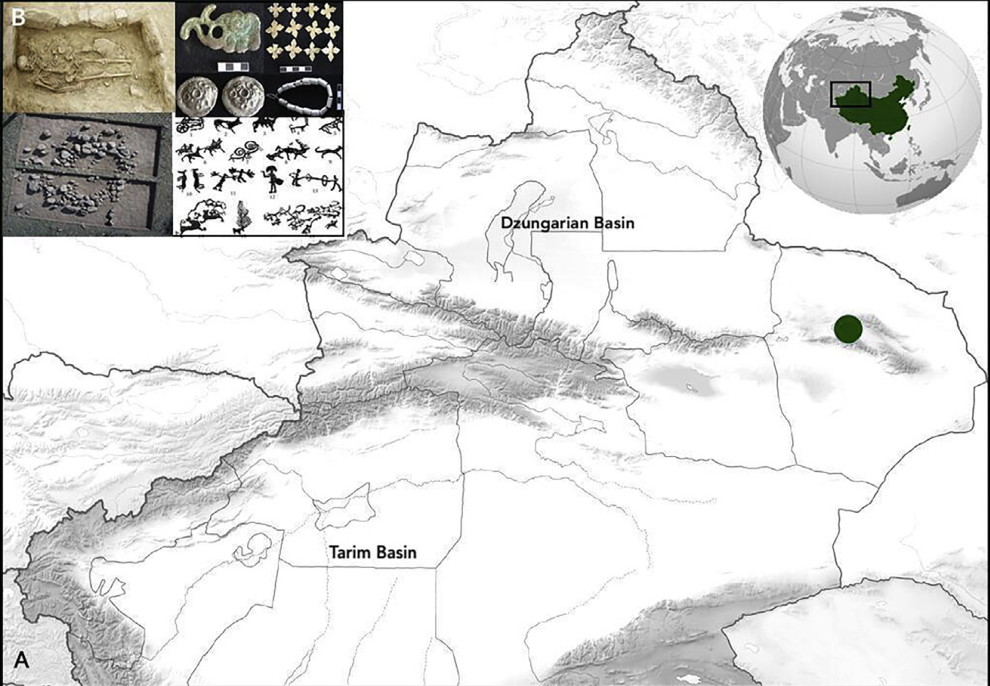The research team of Professor Cui Yinqiu from the Key Laboratory of Biological Evolution and Environment in Northeast Asia and the Max Planck Institute of Human History in Germany, based on the ancient human individual genome data unearthed 2,200 years ago from the Shirenzigou site in the East Tianshan area of Xinjiang, my country, The comparison with the gene pool of ancient humans on the Eurasian continent identified the genetic relationship between the Shirenzigou people in the Iron Age in Xinjiang and the East Asian and Eurasian steppe populations. At the same time, it was the eastward migration of the Yannaya cultural population in the early Bronze Age and Xinjiang The relevance of the now extinct Tocharian language provides evidence. The research results were published in the 29th issue of 2019, an important international academic journal "Current Biology". This result is of great scientific value for exploring the migration history, genetic pattern and internal integration process of Chinese prehistoric populations, clarifying the complicated population history of Xinjiang, and understanding the nomadic culture of Eurasian steppe and the road map for the eastward expansion of Indo-European languages. It is of great academic and practical significance to explore the historical process of the formation of the pluralistic and integrated Chinese nation and its reasons and motivations, to enhance the traditional friendship and flesh-and-blood ties between various ethnic groups, and to maintain the unity of a multi-ethnic country. At the same time, this discovery fills the gaps in the study of genetics, evolution, and adaptation of prehistoric humans in China, especially in Xinjiang, and also opened the prelude to the study of ancient DNA in East Asia, especially the origin of ancient Chinese populations.


The Geographical location of Shirenzigou and the ancient human remains found The PCA and ADMIXTURE analysis